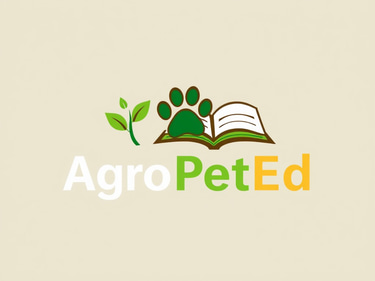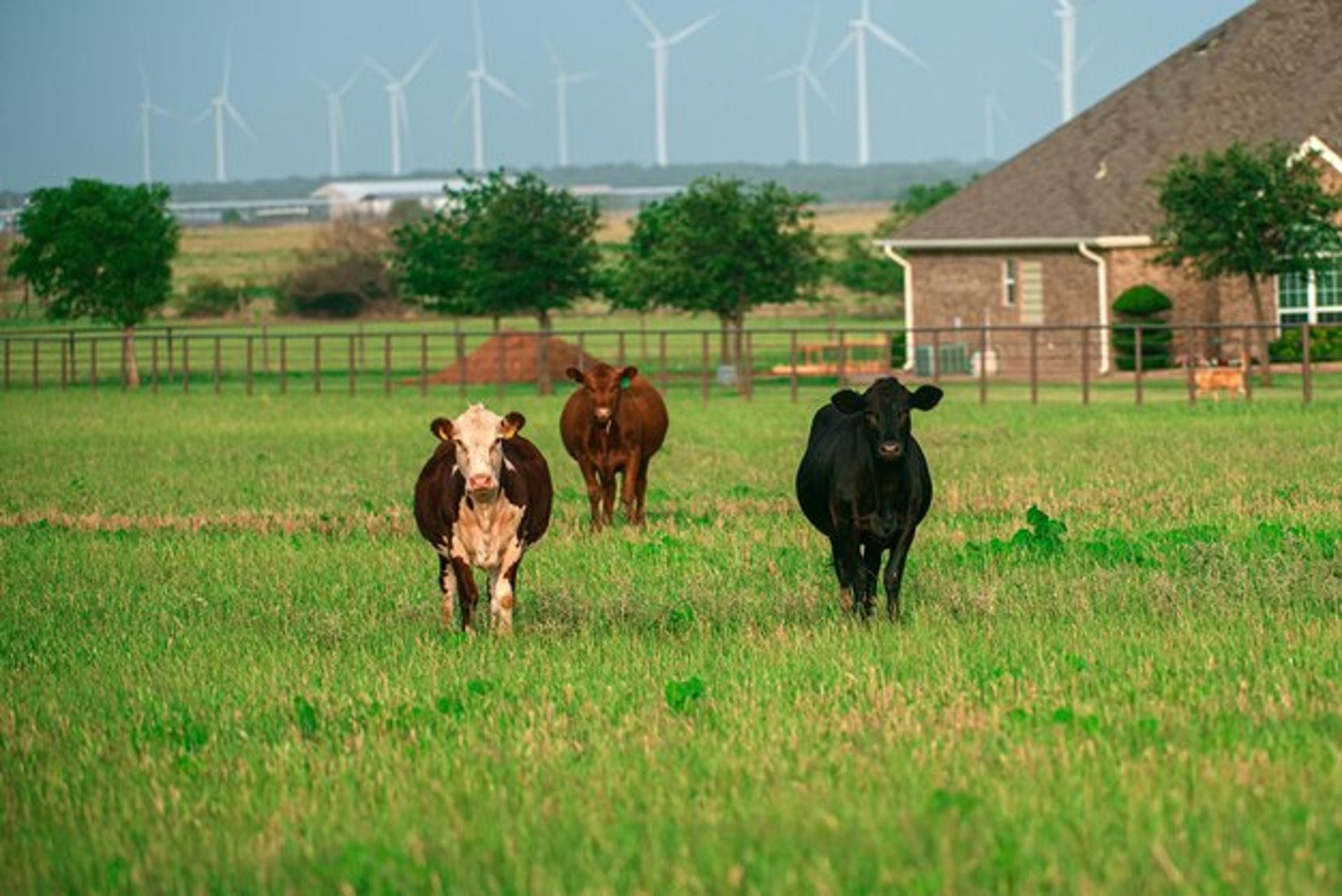
Key Legumes to Maximize Livestock Potential in Latin America
Legumes: An Integral Solution to Boost Nutrition and Sustainability in Livestock Farming.Legumes are a comprehensive solution for enhancing nutrition and sustainability in livestock farming, thanks to their nutritional value, soil-regenerating capacity, and adaptability to diverse climates.
ANIMAL PRODUCTIONPLANTS AND CROPS
1/21/20254 min read
Legumes are a vital component in livestock diets, providing a rich source of protein and improving soil health through nitrogen fixation. Below, we explore some of the best legumes for livestock, highlighting their common names, descriptions, origins, physiology, ideal conditions, nutritional composition, usage, cultivation methods, limitations, production potential, yield per hectare, minimal fertilization, and associated pests and diseases.
1. Alfalfa (Medicago sativa)
Common Names: Alfalfa, lucerne
Description: A perennial legume with trifoliate leaves and purple flowers, known for its high nutritional value and soil-nitrogen fixation capacity.
Origin: Native to the Near East and Central Asia.
Physiology:
Its deep root system allows it to extract water from deeper soil layers, making it drought-resistant.Ideal Conditions:
Soil pH: 6.5 - 7.5
Altitude: Up to 2500 meters
Temperature: 18°C - 28°C
Precipitation: 800 - 1200 mm annually
Nutritional Composition: Crude Protein 20% - 25%, Rich in minerals like calcium and magnesium
Usage and Management: Primarily used for hay, silage, or direct grazing. Requires irrigation management and regular cutting to prevent lignification.
Cultivation: Direct seeding or transplanting with 20–25 kg of seed per hectare.
Limitations: Sensitive to waterlogging and extreme soil acidity.
Production Potential: Dry Matter Yield Up to 12 tons per hectare under optimal conditions.
Minimal Fertilization: Phosphorus and potassium, especially in nutrient-poor soils.
Pests and Diseases:
Alfalfa aphids, root weevils, downy mildew, and rust.
2. White Clover (Trifolium repens)
Common Names: White clover, Dutch clover
Description: A perennial legume with trifoliate leaves and small white flowers, spreading via stolons.
Origin: Europe and Western Asia.
Physiology: Thrives in a wide range of soil and climate conditions but prefers humid areas.
Ideal Conditions:
Soil pH: 6 - 7.5
Altitude: Up to 2000 meters
Temperature: 10°C - 25°C
Precipitation: 700 - 1000 mm annually
Nutritional Composition: Crude Protein: 18% - 22%
Usage and Management: Best for direct grazing and often mixed with grasses to improve forage quality.
Cultivation: Direct sowing at 5–7 kg per hectare, ideally in autumn or spring.
Limitations:Vulnerable to prolonged droughts and waterlogging.
Production Potential: Dry Matter Yield 6–8 tons per hectare under optimal conditions.
Minimal Fertilization: Rarely requires nitrogen but may need phosphorus and potassium.
Pests and Diseases: Aphids, cutworms, downy mildew, and leaf spots.
3. Hairy Vetch (Vicia villosa)
Common Names: Hairy vetch, woollypod vetch
Description: An annual or biennial climbing plant with pinnate leaves and purple to blue flowers.
Origin: Europe and Western Asia.
Physiology: A vigorous grower with deep roots, suited to temperate and cooler climates.
Ideal Conditions:
Soil pH: 6 - 7.5
Altitude: Up to 1800 meters
Temperature: 8°C - 20°C
Precipitation: 500 - 800 mm annually
Nutritional Composition: Crude Protein: 20% - 24%
Usage and Management: Used as green forage, hay, or silage, often rotated with cereals.
Cultivation: Direct sowing at 30–40 kg per hectare, typically in autumn.
Limitations: Susceptible to late frosts and specific pests.
Production Potential: Dry Matter Yield: 8–10 tons per hectare.
Minimal Fertilization: Requires phosphorus and potassium.
Pests and Diseases: Aphids, soil grubs, downy mildew, and anthracnose.
4. Forage Soybean (Glycine max)
Common Names: Forage soybean, soybean
Description: An annual legume with trifoliate leaves and small purple or white flowers, cultivated primarily for its protein- and oil-rich seeds.
Origin: East Asia.
Physiology: Adapted to warm and temperate climates with a deep root system that improves soil structure.
Ideal Conditions:
Soil pH: 6 - 7
Altitude: Up to 1500 meters
Temperature: 20°C - 30°C
Precipitation: 500 - 900 mm annually
Nutritional Composition: Crude Protein 35% - 40%
Usage and Management: Used as forage, hay, or silage, and as a dietary supplement for livestock.
Cultivation: Direct sowing with 30–40 kg of seed per hectare.
Limitations: Sensitive to low temperatures and saline soils.
Production Potential: Dry Matter Yield 5–7 tons per hectare.
Minimal Fertilization: Requires phosphorus, potassium, and occasionally sulfur.
Pests and Diseases: Aphids, caterpillars, downy mildew, and rust.
5. Lablab (Lablab purpureus)
Common Names: Lablab, Egyptian bean, dolichos bean
Description: A climbing or bushy plant with large trifoliate leaves and purple or white flowers.
Origin: Africa and Asia.
Physiology: Drought- and heat-tolerant, with exceptional nitrogen-fixing ability.
Ideal Conditions:
Soil pH: 5.5 - 7.5
Altitude: Up to 2000 meters
Temperature: 18°C - 30°C
Precipitation: 500 - 800 mm annually
Nutritional Composition: Crude Protein 20% - 25%
Usage and Management: Used for grazing, hay, or as green manure.
Cultivation: Direct sowing with 20–30 kg of seed per hectare.
Limitations: Sensitive to frost and waterlogging.
Production Potential: Dry Matter Yield 4–6 tons per hectare.
Minimal Fertilization: Usually requires phosphorus and potassium.
Pests and Diseases:Aphids, mites, powdery mildew, and anthracnose.
Conclusion
Legumes are indispensable for sustainable livestock farming, offering high nutritional value while improving soil fertility and reducing dependency on chemical fertilizers. Choosing the right legumes and managing them efficiently can maximize forage production, enhance livestock health, and contribute to a more balanced and productive agricultural system.
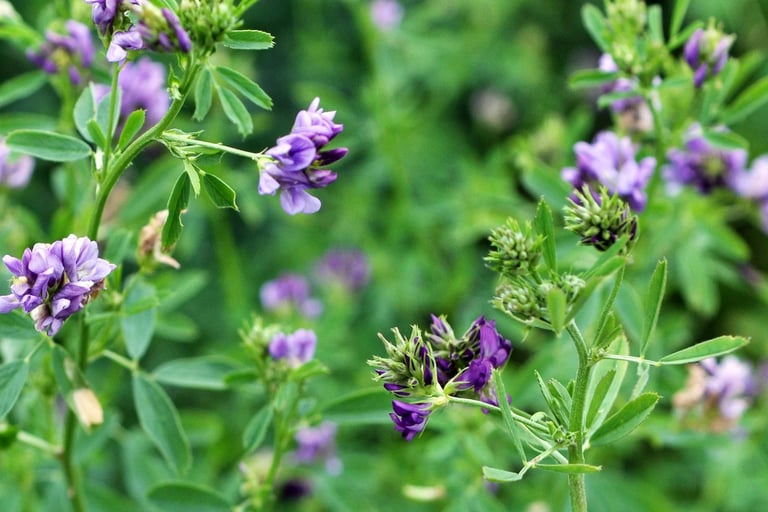

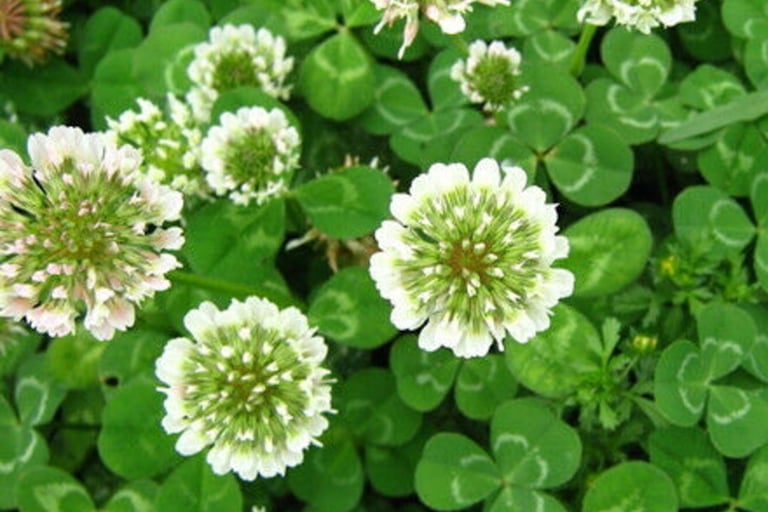

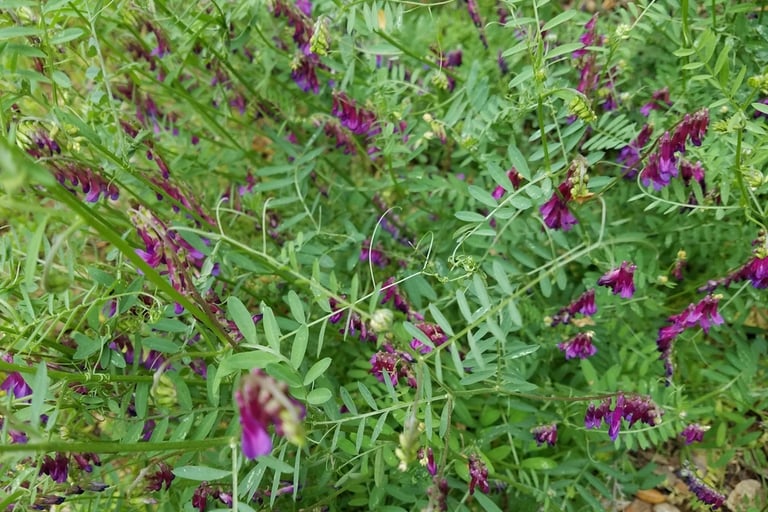

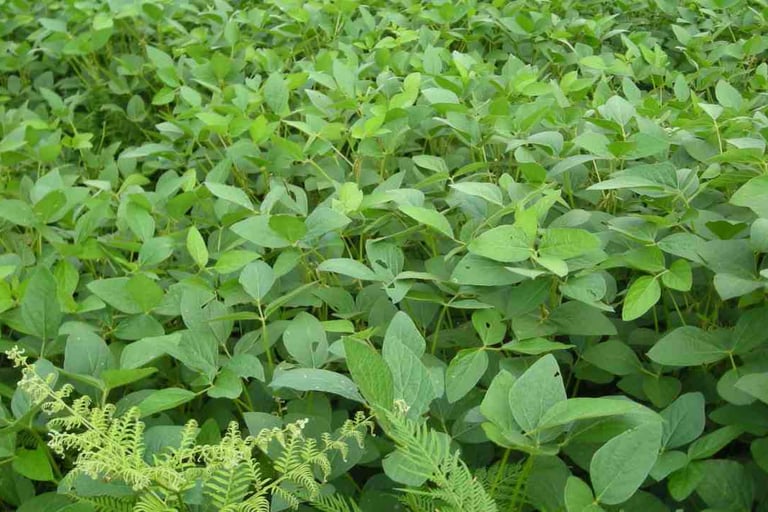

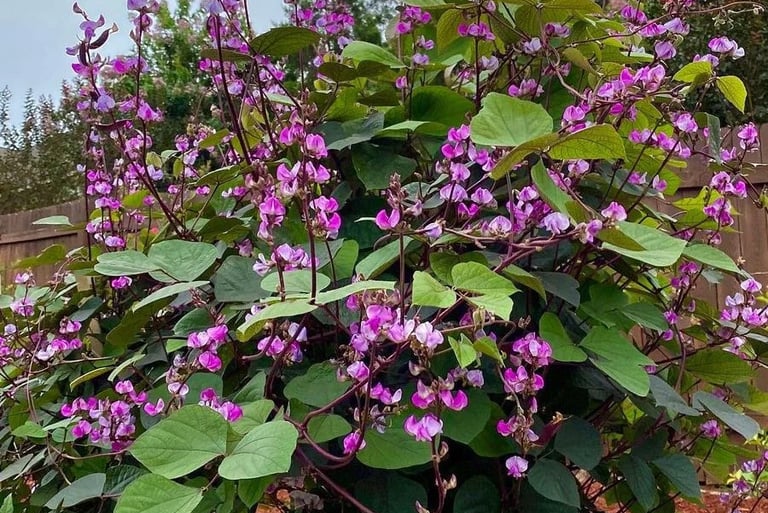

AgroPetEd
Information about animals and agricultural practices
© 2025. All rights reserved.
